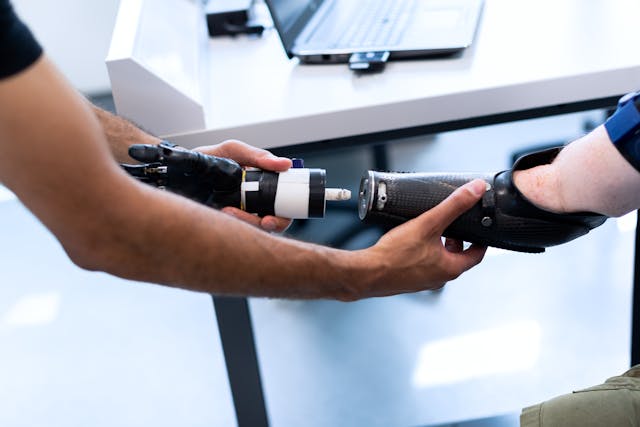Human Resource
Automation, Robotic Process Automation (RPA), and Artificial Intelligence (AI) are transforming Human Resources (HR) by streamlining repetitive administrative tasks, improving efficiency, and enhancing employee experiences. AI-powered chatbots handle employee queries, while RPA automates payroll processing, recruitment, and onboarding. Data-driven decision-making is enhanced with AI analytics, helping HR professionals focus on strategic initiatives like talent development. Automation reduces errors in compliance and benefits administration, ensuring accuracy and efficiency. By integrating RPA and AI, HR departments can improve productivity, reduce costs, and create a seamless work environment for employees.

Challenges Faced in HR Without Automation
Time-Consuming Recruitment Process
Payroll Processing Errors
High Administrative Workload
Lack of Data-Driven Insights
Compliance Risks
Inefficient Resource Allocation
Have a Question? Look here
How RPA and AI Address These Challenges
Automated Recruitment & Onboarding
AI scans resumes, shortlists candidates, and RPA schedules interviews, reducing hiring time.
Error-Free Payroll Processing
RPA automates salary calculations, tax deductions, and benefits management, ensuring accuracy and compliance.
Employee Self-Service Portals
AI chatbots handle employee inquiries about leave balances, policies, and benefits, reducing HR workload.
Data-Driven Workforce Insights
AI analyzes employee performance, attrition trends, and engagement levels for better HR decision-making.
Regulatory Compliance Management
RPA ensures compliance by automatically tracking labor laws, updating policies, and generating reports.

Performance Management
AI assesses employee performance using real-time data and provides insights for appraisals and training.
Case Studies
Building legacies more than just software

